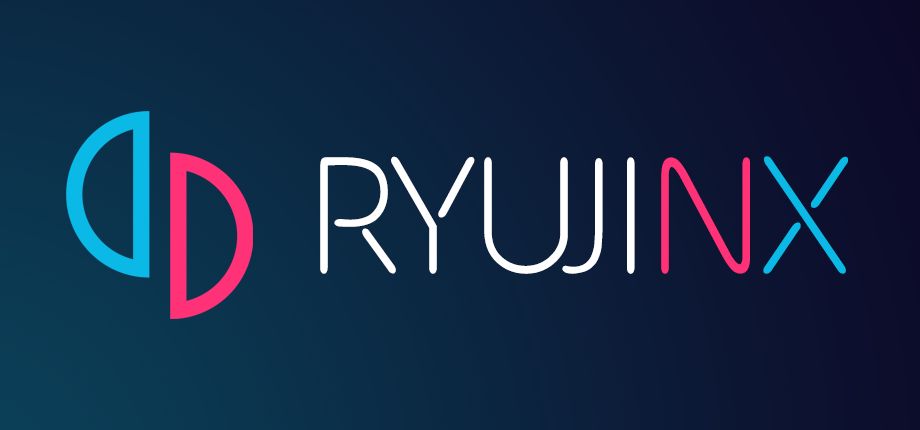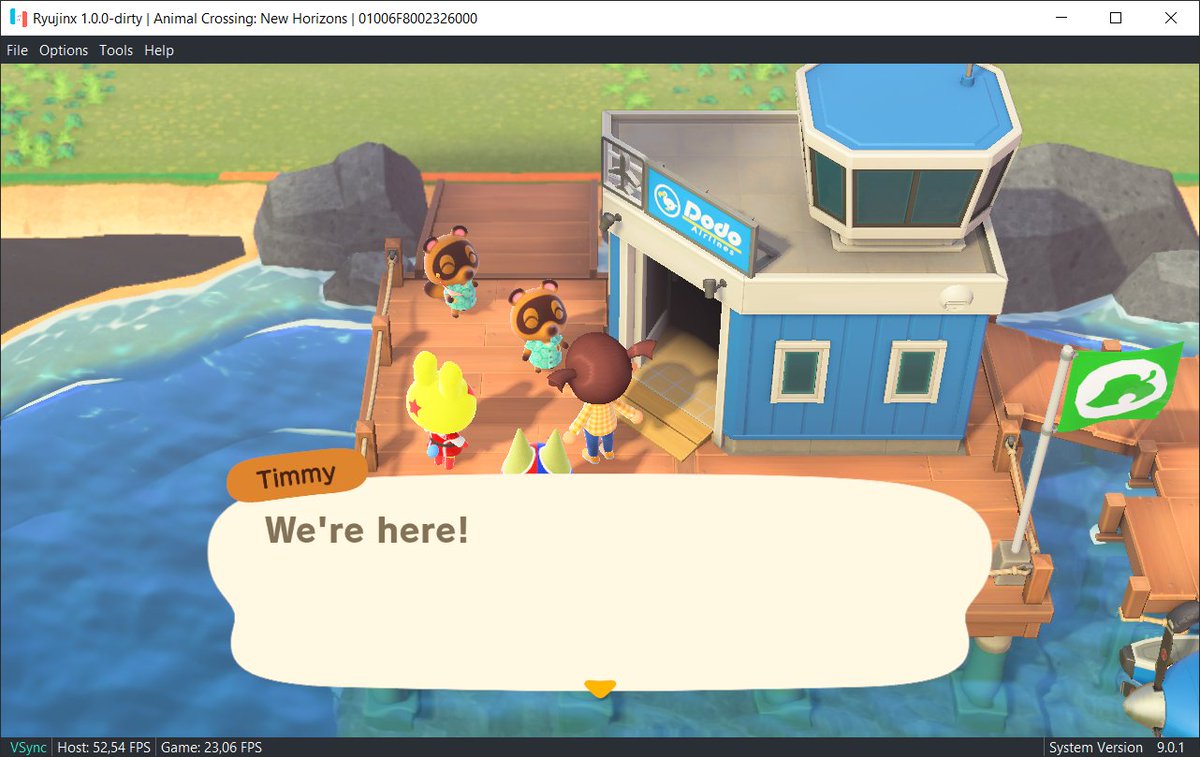
Ryujinx emulator for PC
Description
Ryujinx is an open-source Nintendo Switch emulator for PC created by gdkchan and written in C#, compatible with Windows devices x86 or x64 (32 and 64 bit).
Ryujinx is currently available also for MacOS, Linux, Android, iOS and on GitHub under the MIT license.

Features
The name Ryujinx is based on the name “Ryujin.” In other words, a name for a Mythical (Sea-God) Dragon. More information can be found here.
The name stems from Ryu (as already explained), then RyuJIT; which is the codename for the JIT compiler for Net Core. The NX part of the name is from the Codename of the Switch itself.
Audio output is entirely supported, audio input (microphone) isn’t supported. We use C# wrappers for OpenAL, and SDL2 & libsoundio as fallbacks.
The GPU emulator emulates the Switch’s Maxwell GPU using the OpenGL API (version 4.5 minimum) through a custom build of OpenTK.
There are currently four graphics enhancements available to the end user in Ryujinx: disk shader caching, resolution scaling, aspect ratio adjustment and anisotropic filtering.
These enhancements can be adjusted or toggled as desired in the GUI.
Ryujinx is able to manage add-on content/downloadable content through the GUI.
Mods (romfs, exefs, and runtime mods such as cheats) are also supported; the GUI contains a shortcut to open the respective mods folder for a particular game.
To run Ryujinx emulator, we recommend that your PC have at least 8GB of RAM; less than this amount can result in unpredictable behavior and may cause crashes or unacceptable performance.
System requirements
In order to run the application correctly, it is necessary to meet the minimum requirements given in the table below.
| OS version | Windows 7 or above |
| CPU | 2.0+ GHz quad core (or higher) |
| RAM | 6 GB (8 GB recommended) |
| Disk space | 64 MB |
It is still possible to install the app on devices not mentioned above, but we cannot guarantee its proper functioning.
We recommend backing up the device on which the app will be installed before performing any installation of third-party apps not from the official app Store.
Update
•Added the ability to signal a write as “precise” on the tracking, which signals a special handler (if present) which can be used to avoid unnecessary flush actions, or maybe even more. For buffers, precise writes specifically do not flush, and instead punch a hole in the modified range list to indicate that the data on GPU has been replaced
•Fixed Only make render target 2D textures layered if needed
•Added a set of optimizations to the HybridAllocator which increases the throughput of LCQ and usually shaves a couple of seconds from boot time
Install
- Download the .zip archive
- Extract the .zip archive on a folder
- Select the folder containing the extracted file
- Open the file .exe as administrator
- Press install button
- Launch the software
License
We are not affiliated with any software house company.
All patents and trademarks are owned by their respective holders.
- Nintendo Switch is a trademark of Nintendo Co., Ltd
- Windows is a trademark of Microsoft Corporation
All the apps and games are property and trademark of their respective developer or publisher and for home or personal use only.
All resources are obtained via reverse engineering of legally owned devices, games, and information present on the internet.
FAQ
- Does this emulator supports multiplayer functionality?
- Yes, this console emulator offer multiplayer support, allowing you to play games with friends online.
- What system requirements are needed to run console emulator smoothly?
- System requirements vary depending on the emulator and the console being emulated. Generally, a modern device with a decent CPU and GPU is recommended.
- Are ROMs and game files included with emulator, or do I need to find them separately?
- Emulators typically do not come with ROMs or game files due to copyright restrictions. You’ll need to source these files separately.
- Can I use original game controllers with this console emulator?
- Yes, the emulator supports original game controllers. You may need to configure the emulator settings to use the specific controller.
- Are there any legal considerations when using console emulators and ROMs?
- Yes, the legality of using emulators and ROMs can vary by country and jurisdiction. It’s important to ensure you have the legal right to use the games you’re emulating.



